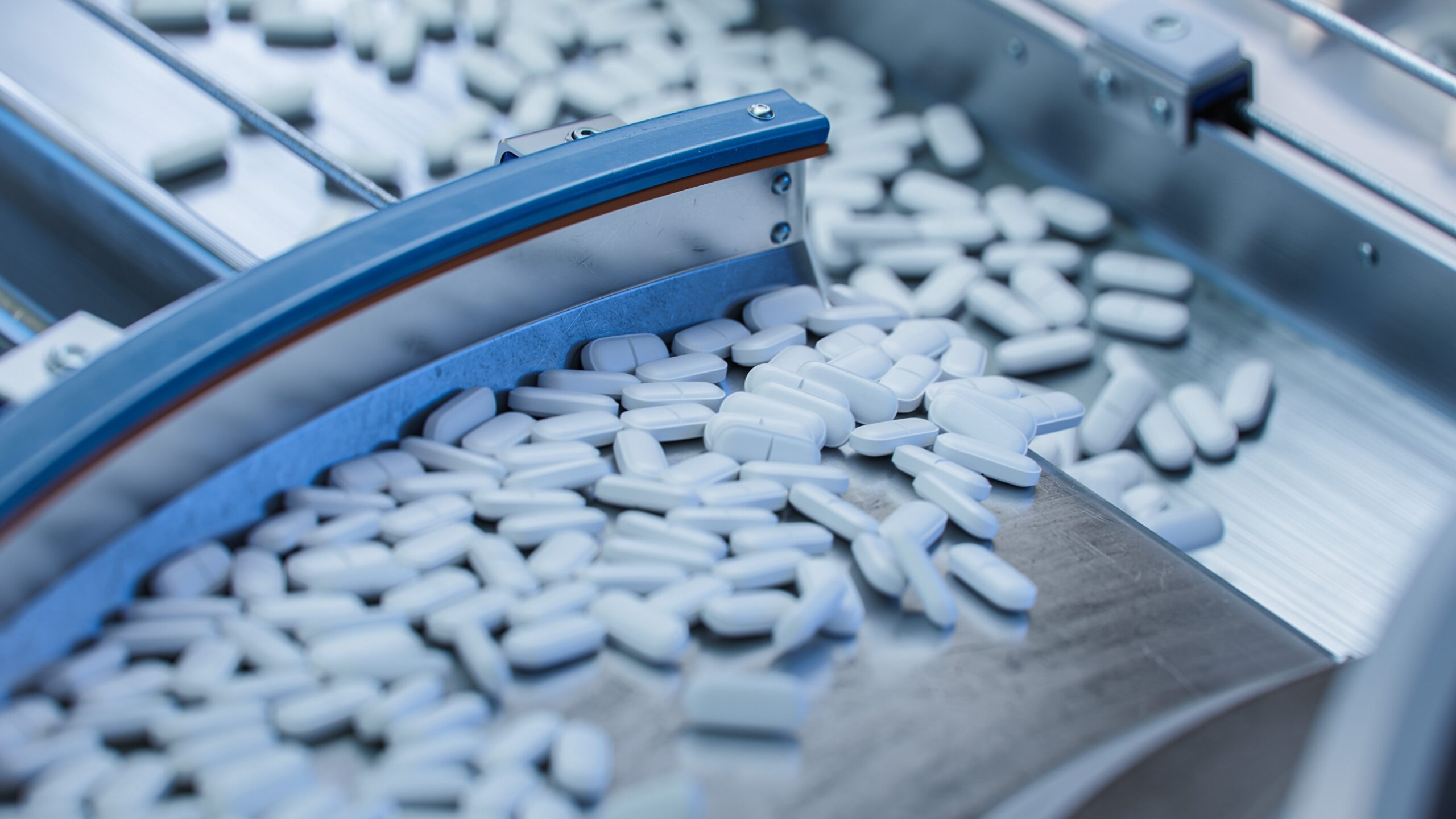Pollution from Antibiotic Factories Highlighted as Public Health Risk
This article first appeared in the Financial Times
When some public-spirited Indian military veterans decided to examine the water quality in the Sirsa and Sutlej rivers, in the northern state of Himachal Pradesh, one of the country’s pharma industry hubs, they made an alarming discovery: samples taken near the drug plants were contaminated with high concentrations of antibiotic residue, including Ciprofloxacin, Ofloxacin, and Azithromycin. That was the finding of India’s National Green Tribunal, which adjudicates environmental cases, when the Veterans Forum for Transparency in Public Life, comprised of retired military officers, asked it to assess the problem. And the case highlights a growing source of worry among environmental and health watchdogs, regulators, and pharma groups themselves: that one of the sources of antibiotic resistance around the world is drugs being released in residue from the industry’s factories. India, alongside China, is now one of the world’s top drug producers, accounting for about a fifth of the world generics market, and a leading manufacturer of antibiotics. As the world’s most populous country, it is also a leading consumer of antibiotics. But, because they are routinely prescribed over the counter and without proper guidance, India has become one of the countries at the centre of growing concern about antibiotic resistance and the rise of drug-resistant “superbugs”. The WHO has described antibiotic resistance as a top 10 global public health threat. A study last year found that, in 2019, it was responsible for 1.27mn deaths as well as contributing to 5mn. So, in an attempt to contain antibiotic resistance, governments, including India’s, are increasingly studying the issue of antibiotic pollution found in factories’ effluent, if not yet regulating it. Drug companies, in the meantime, are taking matters into their own hands, with some leading producers banding together to self-regulate. Factory runoff is not the only source of antibiotic resistance, nor even the top one. Overuse and misuse of antibiotics by people remains a problem in countries with overtaxed healthcare systems, such as India. A packet of antibiotics from the corner chemist — even if the drugs are the wrong kind or dosage — often stands in as a quick fix for a medical consultation, or other fixes that might have prevented the ailment, from proper hygiene to vaccinations. Another key contributor to antibiotic resistance, according to experts, is agriculture. That is because antibiotics used on livestock or sprayed on crops are often used in large enough quantities to affect bacteria in the surrounding environment, raising the risk that those bacteria will evolve to become drug resistant. “There is broad consensus that this is a very big threat,” says James Anderson, chair of the AMR Industry Alliance, which was formed in 2016 to try to combat drug resistance. “It is with us today, and everyone is worried that it’s going to get worse.” In India, the risk posed by antimicrobial resistance — a term that covers antifungals as well as antibiotics — was driven home in 2021 by an outbreak of mucormycosis, a deadly infection commonly called black fungus. The spread of the disease, say experts, highlighted the interplay between drug resistance and other public health challenges — including inappropriate antibiotic use, hospital-acquired and co-occurring infections, and weaknesses in India’s healthcare infrastructure. Apart from endangering public health, antibiotic resistance is disincentivising pharmaceutical companies from developing any new drugs at all. It makes no commercial sense to invest heavily in drugs whose time on the market will be limited. “It takes $1bn and at least 10 years to develop a new antibiotic,” explains Fatema Rafiqi, research programme manager with the Access to Medicine Foundation. “Companies and their R&D partners need to invest heavily to develop it and market it, but then they won’t be able to market it in large volume and generate returns on investment, as prudent use is required.” With awareness of the problem growing, India’s government in 2017 adopted a national action plan for antibiotic resistance, which included enhanced surveillance, better infection prevention and control, and “collaborative activities” to control the phenomenon. Then, in 2019, it launched draft legislation that would have made it the first country in the world to limit the amount of antibiotics in pharma plants’ waste. However, after public consultations, specific limits vanished from the final rules that were published in 2021. Similarly, in the EU and other countries, there are laws limiting pollution by drugmakers, but no regulations setting limits on their emissions of specific active pharmaceutical ingredients. Some drug companies are trying to take a lead on the issue, though. Last year, the AMR Industry Alliance, working with the British Standards Institution, agreed manufacturing standards limiting the toxic emissions produced by antibiotics at drugmakers’ plants, and asked members to achieve low (albeit not zero) levels of antibiotic concentration in their plants’ effluent. The alliance now numbers more than 100 companies and trade associations and estimates that its members account for 30-40 per cent of global manufacture of human antibiotics worldwide. It is pushing for the certification to be used by everyone — even if the standard is difficult to enforce. “We have recognised there is a problem that needs resolution and is within industry’s control,” says Steve Brooks, lead for manufacturing work at the AMR Industry Alliance. “The members don’t want to be recognised as creators of pollution.” He adds: “We want to drive a solution that we think will work — and if companies don’t respond to this, there is a threat to their business itself.”

